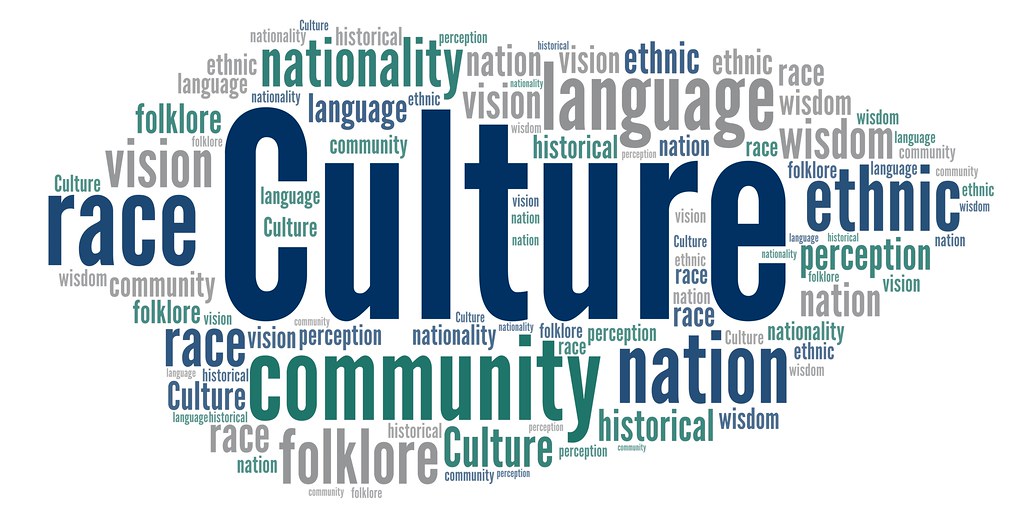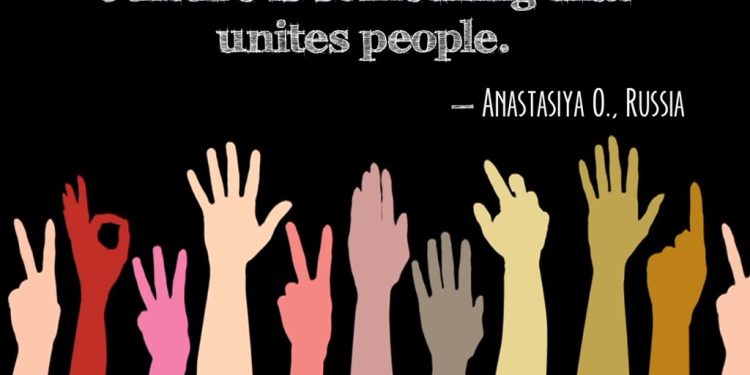As you thread your way through the tightly-packed streets of Tokyo, past the rambling markets of Marrakech, or under the neon glow of New York’s Time Square, the diverse fashion tapestry of the world unfurls before your eyes. Echoes of cultural history, societal norms, and individual identities are woven into the fabric of every garment, crafting an international language of style. Our fashion choices, as unique as our fingerprints, are often a sartorial mirror reflecting the culture where they originate. So, let us embark on a captivating journey of exploration into the richly embroidered world of fashion and style, to uncover the profound influence culture exerts over our wardrobe picks.
There is a tangible link between the realms of culture and fashion. Fashion doesn’t exist in a vacuum; it is a reflection, a mirror that accurately captures the spirit of the times, the political atmosphere, the mood. To think of fashion as just clothing is to grossly underestimate its role in society. Consider the flapper dresses of the 1920s that signaled women’s cry for freedom, or how sustainability became a running theme in fashion design amidst global discourse around climate change. Fashion is a confluence of design philosophy, art, and cultural commentary.
With the advent of globalisation, cultures have been interfaced, and their influence on modern fashion movements has been vast. For instance, the Japanese kimono-inspired wrap dresses, African Ankara prints making their way into high fashion, or the Indian turban being donned on the international ramp. It’s not just about borrowing aesthetically pleasing elements. There are deeper threads weaving the narratives of political stance, identity, and resilience. The process often involves:
- Studying the cultural elements – symbols, colors, fabrics, and techniques
- Understanding the historical and societal context
- Embedding the learned knowledge into design sensibilities while respecting the cultural boundaries and not appropriating
- Creating a harmonious blend of traditional elements with contemporary style trends.
Such a mindful, revelatory approach to design makes fashion more than just about ‘looking good’. It makes it an experience, a statement, a story, a movement.
As we button up this exploration into the rich tapestry of the influence of culture on fashion and style, it becomes clear that the realms of fashion, style, and culture are inextricably stitched together in a kaleidoscope of colors, patterns, and textures. The complex interplay between what we wear and where we come from is as multifaceted as a gemstone with each facet reflecting a different aspect of our personal and cultural identity. We dress not just our bodies but also our dreams, values, and aspirations. The designs we don, the fabrics we favor, and trends we take on are telling tales—whispering and shouting of who we are, where we are, and often, where we wish to be. As mirrored in hemlines and waistlines—necks, sleeves, and seams—the journey of culture is ever-evolving, carved into the contours of couture. As we evolve, so does our wardrobe, reflecting our individuality and the diversity of humanity as a whole. The influence of culture on fashion and style is a dynamic dialogue; a songwriter’s dance, a poet’s dream. For ultimately, each thread weaves a story, and every garment is a silent ambassador of a culture, speaking volumes about us, willfully echoing the rhythm of our roots.





